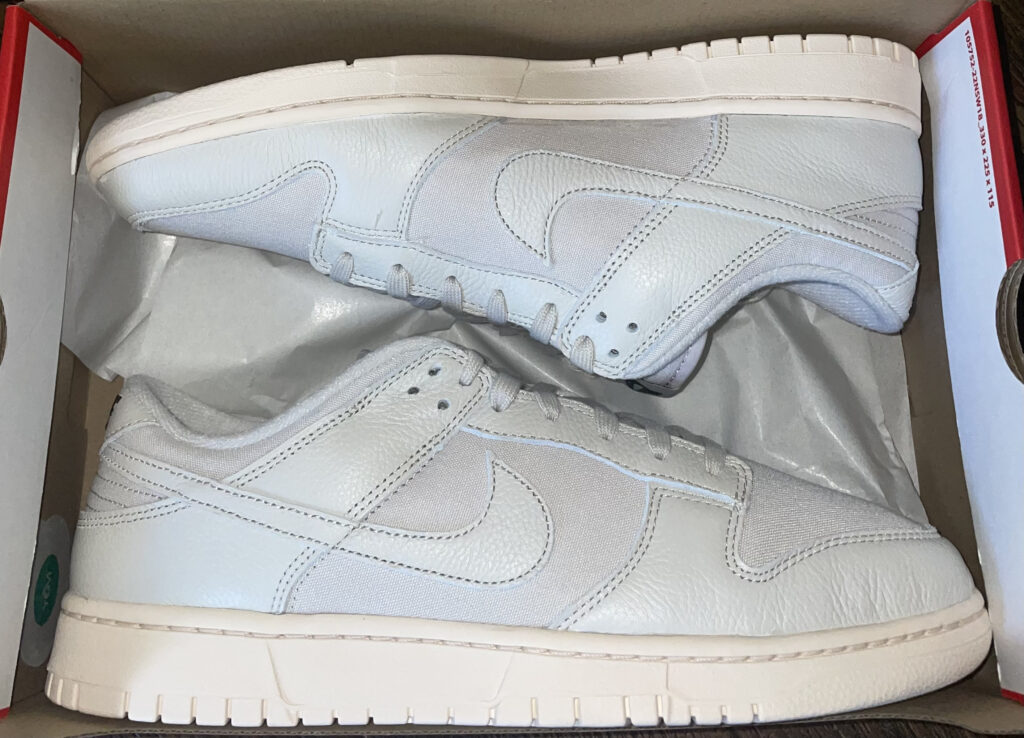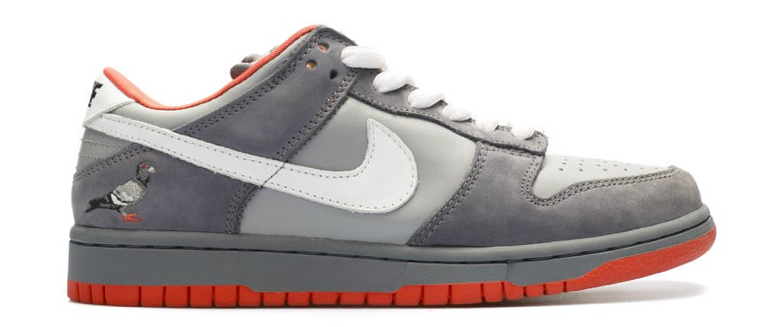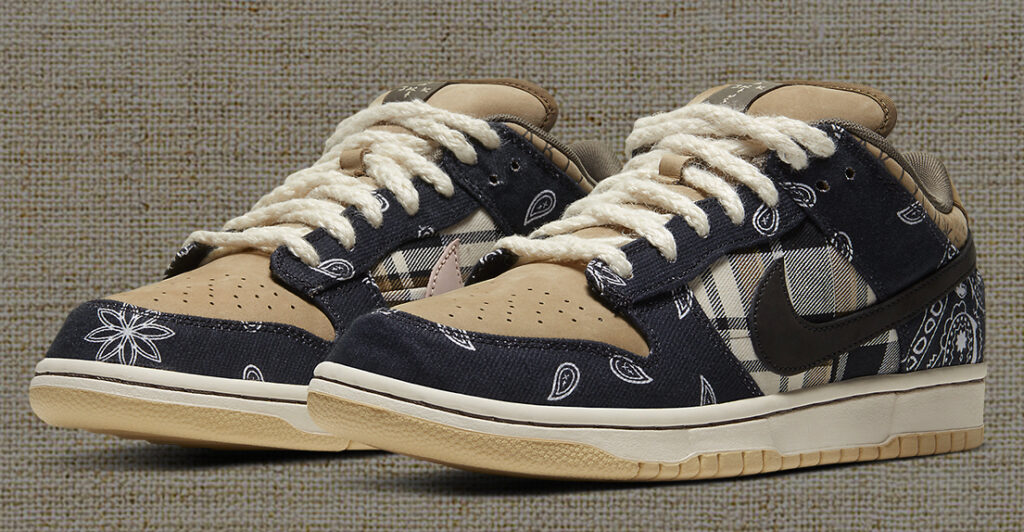Nike Dunks have always been classics to countless people across the world. Many today still remember when the original pairs released. Now, collaborations and retros are hot on the shelves in shops globally. Dunks have been consistent and reliable since their inception in 1985.
Retros will always be compared to originals. Not just in sneakers, but clothing, cars, and movies as well.
The debates will never go extinct. Classics will always compete with hot collabs in the sneaker world today.
Nike Dunks: An Origin Story
The first Nike Dunk High came out in 1985, as a basketball sneaker. The model took a combination of a few Nike shoes such as the Air Force One, the Air Jordan 1, the Terminator, and the Legend. Air Forces heavily inspired the overall look of Dunks; both have the same outsole and traction.
The year 1985 was monumental for sneakers. The first ever Jordans being released basically set up Nike and Jordan Brand for the foreseeable future. Nike began to capitalize off of Jordan and started to design instant classics outside of the fresh basketball subsidiary.

Originally, Dunks came out in “school” colors from different renowned universities and colleges across the country. Nike launched their “Be True to Your School” campaign in collaboration with numerous universities who recently signed deals. Teams from the University of Iowa, University of Kentucky, University of Michigan, Georgetown University, St. John’s University, University of Nevada, Las Vegas (UNLV), and Syracuse University all got their own version of the Dunk in their respective school colors.
The Dunk High grew organically in the basketball world, but was quickly overshadowed by the Air Jordan 1 and other basketball sneakers with more advanced technology. As the original Nike Dunk High faded from the limelight in the basketball realm, the silhouette became more appealing to the casual market. Shortly after, Dunks shifted into the skate culture in the 1990s.
Dunks and New Beginnings
Nike Dunks weren’t originally made for skating. Nike was still new to the skate world and didn’t focus many of its products towards skateboarders. However, the sneaker and apparel giant found itself making its way into a niche they knew virtually nothing about. The Dunk underwent significant changes in the 90s including a nylon tongue for lighter weight, a thicker swoosh, and a shorter shaft.

Nike was trying to force its way into the skate world. Things didn’t go smoothly from the jump for the Oregon-based corporation. Skateboarders collectively felt as if Nike was just another huge corporation trying to enter their world. The skating community was and still is extremely protective of itself and didn’t want any company, including Nike, to walk over them.
Commercial success and market ownership both motivated Nike. After numerous failed attempts of creating new skate shoes such as the The Choad, the Snack, and the Schimp, Nike found themselves back at the drawing board.
Many skaters essentially repurposed Dunks. Nike never envisioned the model to appeal to anyone outside of the basketball world. However, they shifted gears with a few bumps in the road before things started running smoothly.
The Rise of Nike SBs
The early 1990s saw Dunks sitting on shelves at ridiculous discounts. Skaters flocked to the model because they were cheap and readily available. As skating become more popular, Nike knew they had to do something to capitalize off of the rise of the skate market. In the late 90s, the Dunk High was revamped and released in original and new colorways.
When Sandy Bodecker was appointed as the general manager of Nike SB, the silhouette made a name for itself in 2001. Before Bodecker joined Nike, the Dunk Low Pro B and Dunk Low CO.JP (Nike Japan) were popping up in Japan and on the West Coast. The Pro B was the first Dunk to utilize the ‘fat’ tongue that is easily recognizable today.
Sandy Bodecker saw the Pro B as an opportunity to expand further in the skate market. After showing a sample Pro B to skate shop owners, Nike was on a trail to creating SB Dunks that would be exclusively sold in the same stores. Nike found an essential step in the process to tap into the culture organically and efficiently.
Nike Dunks: 2000s, 2010s, and Today
The Dunk has seen countless transformations and shifts throughout its existence. Some Nike has planned for, while others came up unexpectedly. The Nike SB subdivision was officially launched in 2002. Nike found a way to revitalize the Dunk and cater towards the needs of skaters all over the world. Later, in 2006, Nike rolled out the Dunk Mid Pro which was a big deal since it was the first time the Dunk saw a new form besides low or hightop versions.
The early 2000s also introduced collaborations to Dunks which were nowhere near as common as they are today. A few notable early Nike SB Dunk collabs included Supreme, Levi’s, Stüssy, Jeff Staple, Diamond Supply, and Concepts. Many of these releases helped kickstart the sneaker resale market and the days of camping out for sneakers.
As Dunks continued in the 2010s, they started to lose some hype. Countless SB Dunks became staples at Nike outlets and numerous pairs would quickly go on sale at other retailers. In the middle of the decade, both Nike Dunks and SB pairs started to gain more traction in the sneaker world.

In 2020, Travis Scott teamed up with Nike to create one of the most recognizable SB Dunk Lows in recent history.
Along with Nike x Off-White Dunk Lows, there has not been a shortage of collabs over the past few years. Original colorways and new releases continue to draw the attention of countless enthusiasts. Although Dunks aren’t at their peak, they are still one of Nike’s most recognizable and sought after models.
